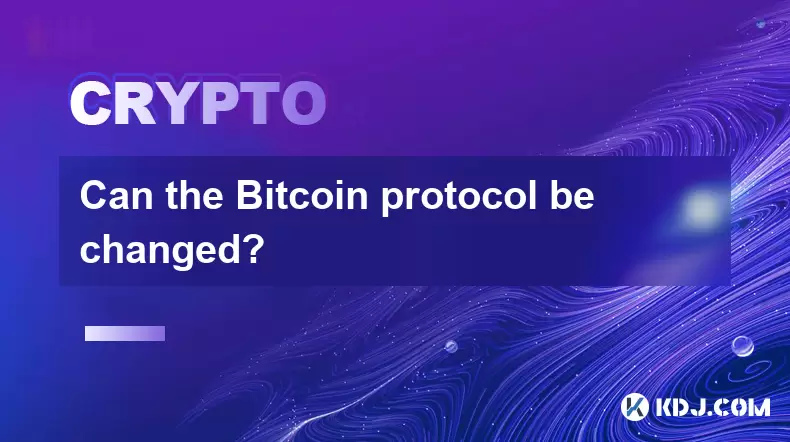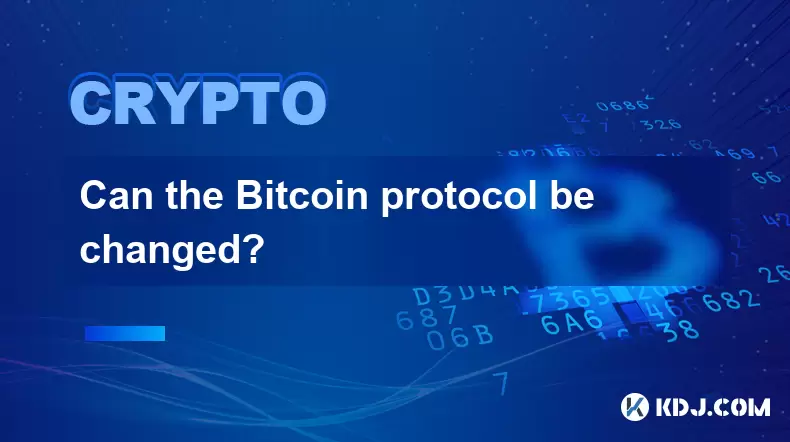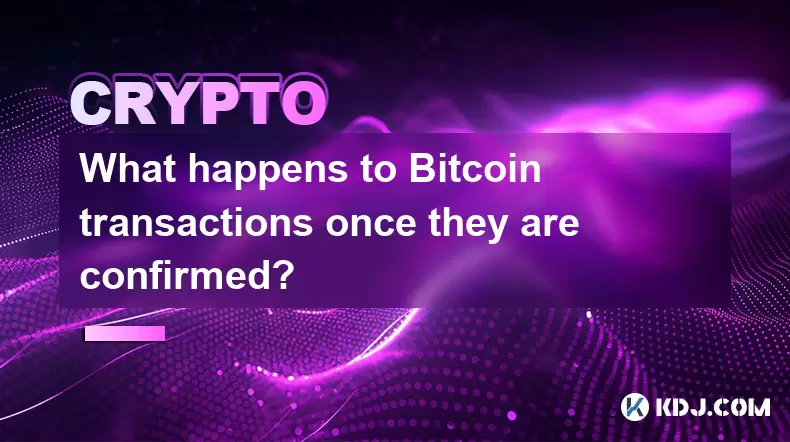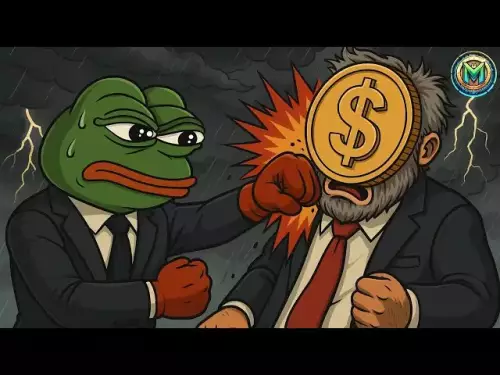-
 Bitcoin
Bitcoin $113200
1.54% -
 Ethereum
Ethereum $4368
1.43% -
 XRP
XRP $3.022
4.23% -
 Tether USDt
Tether USDt $0.0000
-0.01% -
 BNB
BNB $883.5
0.92% -
 Solana
Solana $219.5
5.29% -
 USDC
USDC $0.9997
-0.02% -
 Dogecoin
Dogecoin $0.2411
3.66% -
 Cardano
Cardano $0.8908
5.48% -
 TRON
TRON $0.3349
0.94% -
 Hyperliquid
Hyperliquid $54.50
8.93% -
 Chainlink
Chainlink $23.73
5.54% -
 Ethena USDe
Ethena USDe $1.001
-0.01% -
 Sui
Sui $3.602
5.47% -
 Stellar
Stellar $0.3861
5.90% -
 Bitcoin Cash
Bitcoin Cash $585.1
-1.13% -
 Avalanche
Avalanche $26.09
4.37% -
 Hedera
Hedera $0.2325
5.06% -
 UNUS SED LEO
UNUS SED LEO $9.549
-0.23% -
 Litecoin
Litecoin $114.2
1.13% -
 Cronos
Cronos $0.2502
-2.95% -
 Toncoin
Toncoin $3.134
1.24% -
 Shiba Inu
Shiba Inu $0.00001307
4.10% -
 Polkadot
Polkadot $4.148
3.50% -
 Uniswap
Uniswap $9.759
3.47% -
 Ethena
Ethena $0.8495
11.24% -
 World Liberty Financial
World Liberty Financial $0.2188
3.76% -
 Dai
Dai $0.9997
-0.03% -
 Monero
Monero $271.7
0.21% -
 Aave
Aave $309.2
2.95%
Who created Bitcoin?
Satoshi Nakamoto, the mysterious creator of Bitcoin, introduced the decentralized digital currency in a 2008 whitepaper, sparking a financial revolution while remaining anonymous.
Jul 04, 2025 at 02:36 pm

Who Created Bitcoin?
The origins of Bitcoin are shrouded in mystery, largely due to the anonymity of its creator. The name most commonly associated with Bitcoin is Satoshi Nakamoto, a pseudonym used by the individual or group responsible for developing and launching the world’s first decentralized digital currency. Despite numerous attempts over the years to uncover the true identity behind the alias, no definitive proof has surfaced.
Satoshi Nakamoto published the Bitcoin whitepaper in October 2008 under the title “Bitcoin: A Peer-to-Peer Electronic Cash System.”
This document outlined the technical framework for a decentralized electronic cash system that would allow online payments to be sent directly from one party to another without going through a financial institution.
Early Development and Launch
In January 2009, the Bitcoin network officially went live with the mining of the genesis block, also known as Block 0. This block contained a reward of 50 BTC and included a message embedded in its coinbase transaction: “The Times 03/Jan/2009 Chancellor on brink of second bailout for banks.” This message is widely interpreted as a commentary on the traditional financial system and an indication of the motivations behind Bitcoin's creation.
During the early stages, Satoshi Nakamoto was actively involved in the development and discussion around Bitcoin. He corresponded with other developers via email and forums, refining the code and addressing potential issues. His last known communication was in April 2011, after which he disappeared from public view, leaving the project in the hands of the growing community of developers and enthusiasts.
Theories About Satoshi Nakamoto’s Identity
Over the years, many theories have emerged about who might be hiding behind the Satoshi Nakamoto pseudonym. Some speculate that it could be a single person, while others believe it may be a group of individuals working together.
One prominent figure who has been linked to Satoshi Nakamoto is Craig Wright, an Australian computer scientist and entrepreneur. In 2016, Wright publicly claimed to be the creator of Bitcoin, but his assertions were met with skepticism within the cryptocurrency community. Despite presenting some cryptographic evidence, he failed to provide irrefutable proof, and many experts remain unconvinced.
Other names that have surfaced in connection with Bitcoin’s creation include:
- Hal Finney, a renowned cryptographer and early contributor to Bitcoin.
- Nick Szabo, a computer scientist known for his work on digital contracts and Bit Gold, a precursor to Bitcoin.
- Dorian Nakamoto, a Japanese-American physicist whose name was mistakenly associated with Satoshi Nakamoto by a journalist in 2014.
Despite these speculations, none have been definitively proven, and the real identity of Satoshi Nakamoto remains unknown.
Technical Contributions and Code Legacy
Regardless of the identity of its creator, the impact of Bitcoin’s design and implementation cannot be overstated. The open-source nature of the project allowed it to grow organically, with contributions from developers worldwide.
The original Bitcoin codebase was written primarily in C++ and made available on GitHub. It introduced several groundbreaking technologies:
- Proof-of-Work (PoW) consensus mechanism
- Decentralized ledger maintained across a peer-to-peer network
- Public-key cryptography for secure transactions
- Finite supply cap of 21 million coins
These features collectively enabled a trustless system where users could transact without relying on intermediaries. The source code was gradually handed over to trusted developers, with Gavin Andresen taking over as lead developer after Satoshi Nakamoto stepped back.
Why Did Satoshi Nakamoto Stay Anonymous?
There are multiple reasons speculated for why Satoshi Nakamoto chose to remain anonymous. One of the most plausible explanations is that doing so helped maintain the decentralization ethos of Bitcoin. Had the creator remained a visible figurehead, it could have led to centralization of influence or even regulatory targeting.
Another theory suggests that Satoshi Nakamoto wanted to avoid personal fame or wealth accumulation. It is estimated that he mined approximately one million Bitcoins in the early days of the network, making him one of the largest holders of BTC. However, those coins have never been moved, suggesting that their owner either does not wish to reveal themselves or has lost access.
Additionally, the political and economic climate at the time of Bitcoin’s creation—post-2008 financial crisis—may have motivated Satoshi Nakamoto to remain hidden to avoid persecution or scrutiny from governments and financial institutions.
Frequently Asked Questions
Q: Has anyone successfully identified Satoshi Nakamoto?A: No conclusive identification has been made. While there have been numerous claims and investigations, the true identity remains a mystery.
Q: How much Bitcoin does Satoshi Nakamoto own?A: Estimates suggest that Satoshi Nakamoto mined around 1 million BTC during the early phase of Bitcoin’s launch. These coins have never been spent.
Q: Could Satoshi Nakamoto still be alive and active today?A: It is possible, but there has been no verified communication from Satoshi since 2011. Many believe he either passed away or intentionally cut off contact.
Q: Why didn’t Satoshi Nakamoto patent Bitcoin?A: Bitcoin was designed as an open-source, decentralized protocol. Patents would contradict this philosophy by introducing centralized control over the technology.
Disclaimer:info@kdj.com
The information provided is not trading advice. kdj.com does not assume any responsibility for any investments made based on the information provided in this article. Cryptocurrencies are highly volatile and it is highly recommended that you invest with caution after thorough research!
If you believe that the content used on this website infringes your copyright, please contact us immediately (info@kdj.com) and we will delete it promptly.
- Pepe vs. Ozak AI: Which Forecast Reigns Supreme?
- 2025-09-09 18:45:13
- Crypto Investment Hot Takes: Pepeto, BlockDAG, and Navigating the 2025 Landscape
- 2025-09-09 18:45:13
- Ronin, Ethereum, and the OP Stack: A New Era for Web3 Gaming
- 2025-09-09 18:25:16
- Christie's and the NFT Market Slowdown: What's the Deal?
- 2025-09-09 18:25:16
- OpenLedger (OPEN) Price Prediction: 2025-2030 - Hype or Future?
- 2025-09-09 18:30:12
- Sky'S USDH Stable:
- 2025-09-09 18:30:12
Related knowledge

Why is Bitcoin considered a revolutionary technology?
Aug 12,2025 at 08:29pm
Decentralization and the Elimination of Central AuthoritiesThe core innovation behind Bitcoin lies in its decentralized architecture, which fundamenta...

Why is Bitcoin considered a revolutionary technology?
Aug 10,2025 at 07:42pm
Decentralized Architecture and Trustless TransactionsBitcoin is considered revolutionary because it introduced a decentralized architecture that opera...

What are the key features of Bitcoin?
Aug 10,2025 at 02:50am
Decentralization and Peer-to-Peer NetworkOne of the most defining characteristics of Bitcoin is its decentralized nature. Unlike traditional financial...

Can the Bitcoin protocol be changed?
Aug 07,2025 at 01:16pm
Understanding the Bitcoin ProtocolThe Bitcoin protocol is the foundational set of rules that govern how the Bitcoin network operates. It defines every...

Can the Bitcoin protocol be changed?
Aug 11,2025 at 01:01am
Understanding the Bitcoin Protocol StructureThe Bitcoin protocol is the foundational set of rules that govern how the Bitcoin network operates. These ...

What happens to Bitcoin transactions once they are confirmed?
Aug 09,2025 at 05:22am
Understanding Bitcoin Transaction ConfirmationWhen a Bitcoin transaction is initiated, it is broadcast to the network and placed in a pool of unconfir...

Why is Bitcoin considered a revolutionary technology?
Aug 12,2025 at 08:29pm
Decentralization and the Elimination of Central AuthoritiesThe core innovation behind Bitcoin lies in its decentralized architecture, which fundamenta...

Why is Bitcoin considered a revolutionary technology?
Aug 10,2025 at 07:42pm
Decentralized Architecture and Trustless TransactionsBitcoin is considered revolutionary because it introduced a decentralized architecture that opera...

What are the key features of Bitcoin?
Aug 10,2025 at 02:50am
Decentralization and Peer-to-Peer NetworkOne of the most defining characteristics of Bitcoin is its decentralized nature. Unlike traditional financial...

Can the Bitcoin protocol be changed?
Aug 07,2025 at 01:16pm
Understanding the Bitcoin ProtocolThe Bitcoin protocol is the foundational set of rules that govern how the Bitcoin network operates. It defines every...

Can the Bitcoin protocol be changed?
Aug 11,2025 at 01:01am
Understanding the Bitcoin Protocol StructureThe Bitcoin protocol is the foundational set of rules that govern how the Bitcoin network operates. These ...

What happens to Bitcoin transactions once they are confirmed?
Aug 09,2025 at 05:22am
Understanding Bitcoin Transaction ConfirmationWhen a Bitcoin transaction is initiated, it is broadcast to the network and placed in a pool of unconfir...
See all articles
























































































